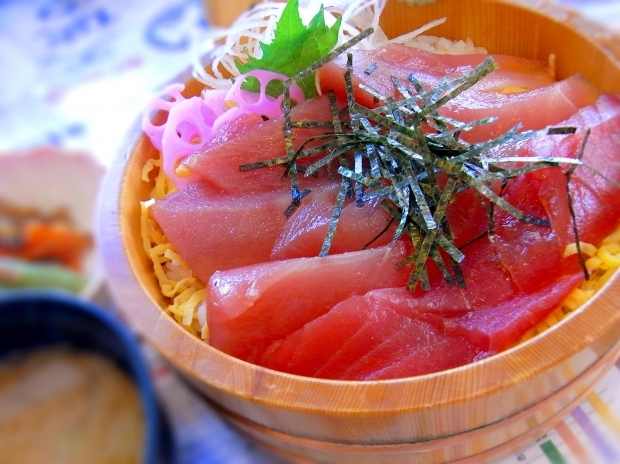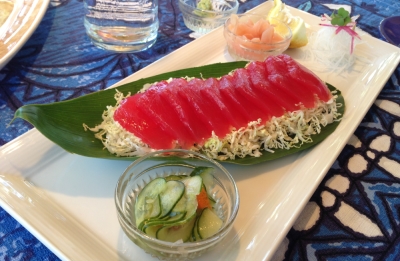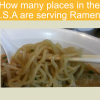The Use Of Tuna & Salmon In Sushi

There are a number of different types of fish and other seafood that can be used in sushi. Some seafood options include clams, scallops, abalone, and squid. When it comes to fish there are a number of popular options including tilapia, red snapper, sea bass, halibut, and of course salmon and tuna which is what we are going to focus on in this article.
Salmon that is typically used in sushi today is farm raised and is usaully Atlantic salmon(cheaper versus the real Pacific Salmon). Salmon is a popular choice because it has a rich and flavorful taste and it is also very healthy. Tuna is also a popular choice because like salmon, it is also very healthy. Both tuna and salmon are rich in omega-3 fatty acids, vitamin D, protein, and both are relatively low in calories. Always look for Sushi Grade Salmon and Tuna when ordering from your favorite sushi restaurant, but in most cases they should be, especially from high end restaurants.

There are a number of different types of tuna that are commonly used in sushi. There is blue fin tuna, yellowfin tuna, and bigeye tuna.
With blue fin tuna there are a number of different cuts that are used.
- One is called Akami and this cut has a red color as well as a flavor and a texture that is similar to red meat and some people think it tastes a bit like filet mignon.
- Another cut is Chu-toro. This cut has a higher fat content and the marbling gives it a very rich taste and buttery texture.
- O-toro is the fattest part of the tuna. It has a very pale pink color and it almost melts in your mouth.
Bigeye tuna has a milder taste than blue fin tuna as does yellowfin tuna. Yellowfin also has a firm texture with a deep pink to a reddish color.
Sushi originated in Southeast Asia and spread throughout China before was introduced to Japan. It has changed a lot over hundreds of years and Japanese sushi today is nothing like the traditional fermented rice dish that it originated from. Sushi as we know it today was developed in the 1800s and it was a very convenient meal. It could be prepared quickly and you could eat it with your hands. As time went on sushi became more popular in various places around the world and in the West we now have a number of variations that you are not likely to find in Japan.





